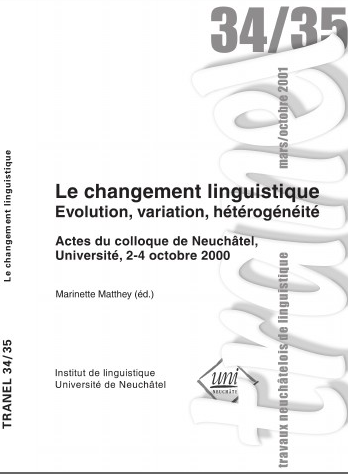Homogénéité et hétérogénéité de la langue latine selon Varron et Aulu-Gelle: aspects historique, social et fonctionnel
DOI :
https://doi.org/10.26034/tranel.2001.2566Résumé
Of the many Latin texts in which we find views on language — and in particular on linguistic change and variation — Varro’s De Lingua Latina and Gellius’ Noctes Atticae provide good examples of the perspectives, respectively, of the Stoic philosopher and of the ‘antiquarian’ philologist. Stoics consider that language was created as perfect as possible, almost completely motivated; in this view, every inconsistency is due to some initial error, to borrowing, or to the wear of time (following the epistemological model of the Four Ages). Morphological heterogeneity can be ascribed to anomaly, a principle which contrasts analogy and formal perfection. For Gellius, the original perfection of language is attested in the first Roman writers; but he knews that phonology, morphology, lexicon and even syntax have changed over time. He also refers to synchronic discrepancies in pronunciation and lexical variations due to local and mostly social circumstances (thus following the model of rhetorics). Generally speaking, linguistic changes or variations are always considered, both by the philosopher and the philologist, as the result of the working of the natural law of progressive corruption.


